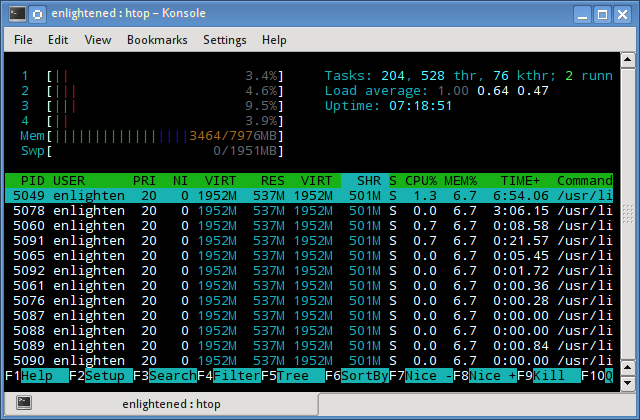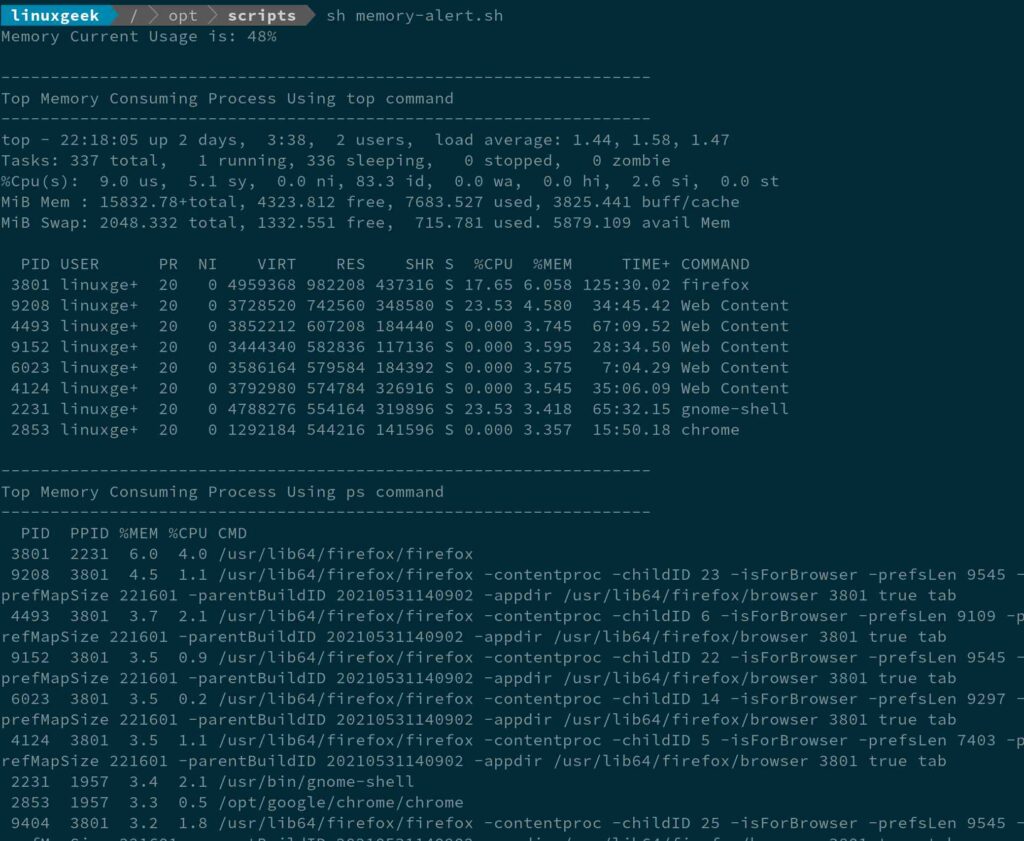

The Swap columns contain the following information: Available : This is an estimation of how much memory is available for starting new applications on Linux system, without swapping.Cache is memory used by the page cache and slabs. Buff is amount of memory used by Linux kernel for buffers. Buff/cache : It is sum of buffers and cach.Shared : Amount of memory mostly used by the tmpfs file systems.Free : The amount of unused or free memory for your apps.It is calculated as: Total – (free + buffers + cache) Total : The total amount of RAM installed in my system.The Mem columns contain the following information: Total used free shared buff/cache available Here is what I see: total used free shared buffers cachedĭisplays a line containing the totals memory in MB: To display free memory size in MB (megabytes) type the free command as follows: $ grep -E -color 'Mem|Cache|Swap' /proc/meminfo Use the cat/ bat/ more/ less command or grep/ egrep command to see /proc/meminfo file. The same file is used by free and other utilities to report the amount of free and used memory (both physical and swap) on the system as well as the shared memory and buffers used by the kernel. The /proc/meminfo file stores statistics about memory usage on the Linux based system. Linux check memory usage using /proc/meminfo file Let us see various commands for Linux to check memory usage. top and friends can display system summary information as well as a list of tasks currently being managed by the Linux kernel. Finally, you can use the top or atop/htop commands which provides a dynamic real-time view of a running system. The vmstat command reports information about processes, memory, paging, block IO, traps, and cpu activity. The free command displays the total amount of free and used physical and swap memory in the system, as well as the buffers used by the kernel.

Linux comes with different set of commands to check memory usage. How do I check used and free RAM memory usage under Linux operating systems using command line and GUI tools?


 0 kommentar(er)
0 kommentar(er)
